
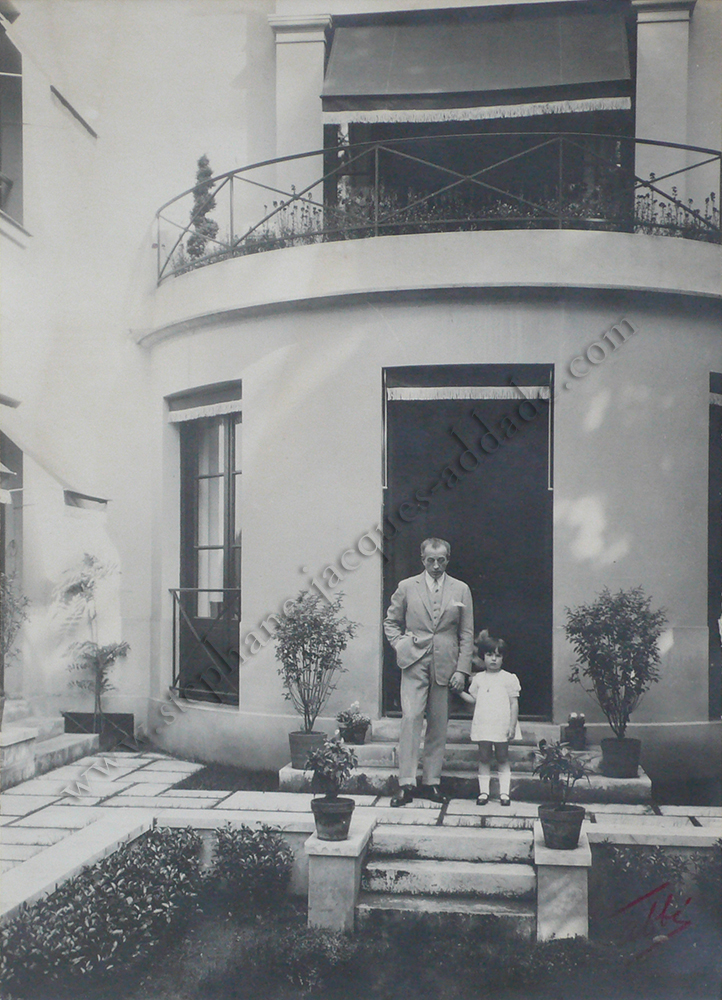 PAUL VALÉRY says that there are some monuments which are silent, others which speak, and finally, some that sing. More modestly, I think that some content themselves with living.
PAUL VALÉRY says that there are some monuments which are silent, others which speak, and finally, some that sing. More modestly, I think that some content themselves with living.
Fixing up an old house is something perilous and very tricky. The old house is a disabled person who must be treated; there's a risk of killing him or her. I don't mean physically, but spiritually. Physically you do what you want in architecture, except remove the moisture from an old building, Bernard Boutet de Monvel would say. However, you have to breathe new life into a worn body, give it a blood transfusion.
Whatever the style, you must avoid doing a rebuild and launching into an archaeology exercise. As far as that's concerned, you always remain cool and inferior to its design; you only ever accomplish a setting. In successful accommodation, you have to feel at ease, as you would in a garment; it must have the flavour of the present, a 'living' present.
Consequently, each architectural case is a new, specific problem, dependent on climate, location and above all the personality of the person who has to live there.
It's that person who will be the source of inspiration; it's that person who, through their personality or through their character, will determine and, finally, dictate the style of the residence.
The more striking the person's character, the better the architecture he or she will obtain, to the extent that in general, you don't know the name of the architect so much as the person who commissioned the monument. The styles themselves bear the mark of those who inspire them.
Mansard and Lenôtre pooled their talents to translate the age of Louis XIV; the Arc de Triomphe, in the eyes of the entire world, represents Napoleon, while only very few attribute it to Chalgrin.
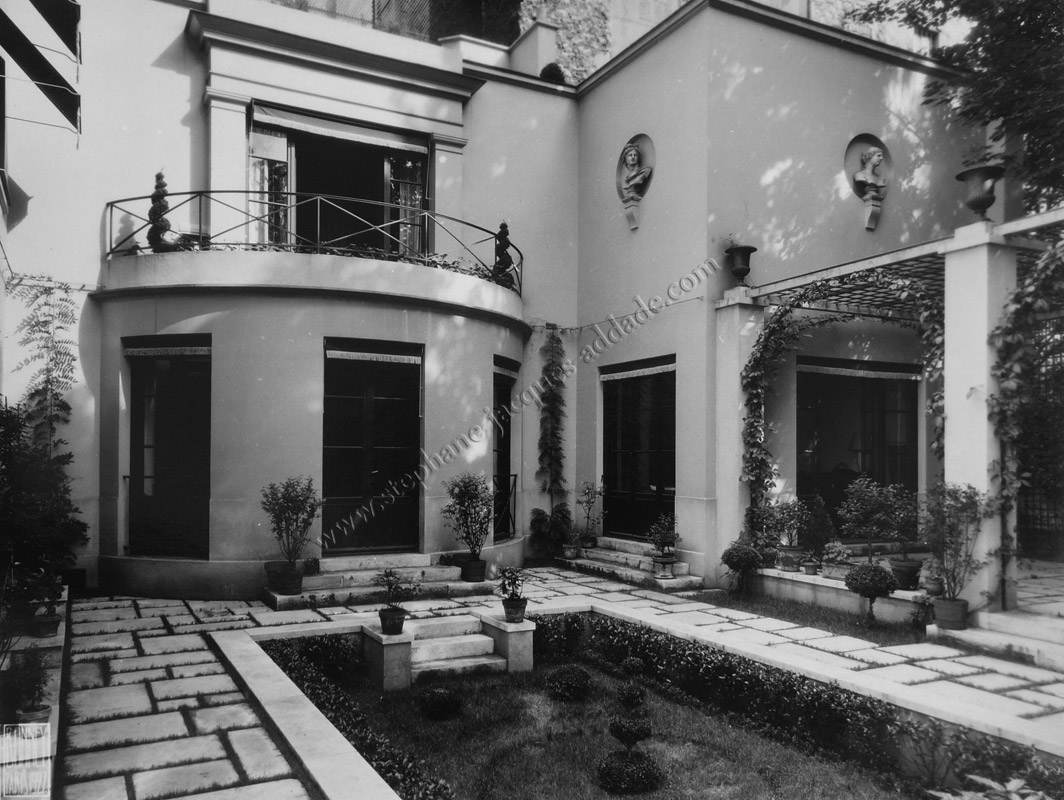
Architectures of the past remain eloquent witnesses of humanity. Just like scripts, they retrace the life, the customs and the characters of men. We have a better understanding of a man when we have breathed in the air in his land, visited his house. As such, to do a decent job, the architect must be able to clearly describe the personality of the person he or she is working for.
If I paint Bernard Boutet de Monvel's portrait, I explain his residence, just as later on this residence will speak of him. Everyone knows that Bernard Boutet de Monvel (fig1) is a highly talented artist, a handsome man with everything in his favour, with both manners and breeding.
Above all, he appreciates well drawn lines and symmetry. For him it's a funny habit. His love of order amazes Mrs de Monvel, who believed on marrying an artist, that by definition she was marrying an untidy man.
I won't mention his numerous qualities, which were revealed to me through friendship and correspondence. However, I would add that, in the guise of the most perfect gentleman in the world, he conceals a great imagination, and a prodigious sense of humour.
You see, to satisfy the taste of such a man, you first have to draw in some permanent lines, in a classic layout then dress the whole thing up with discreet refinement
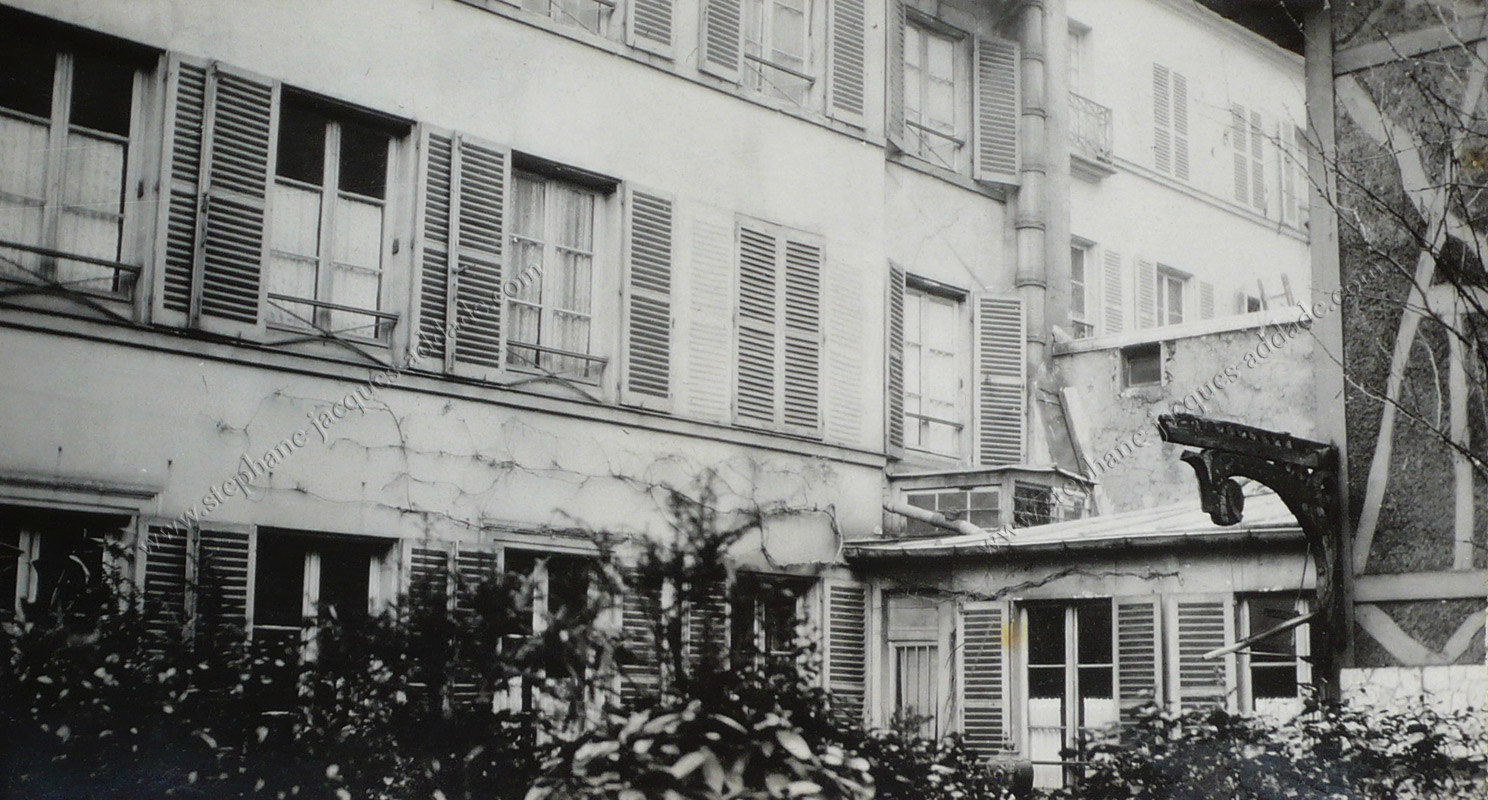
The house in question, which two years ago was still an old building, with vaguely Directoire undertones, particularly delighted Bernard Boutet de Monvel. Furthermore, its situation in the middle of gardens, in a district of Paris which is so desirable today, enabled him to dream of a little corner of ordered greenness.
This old sick residence consisted of a long main body fronting onto the street, and a few scattered constructions erected in the yard. The latter were immediately removed to retain solely the main building
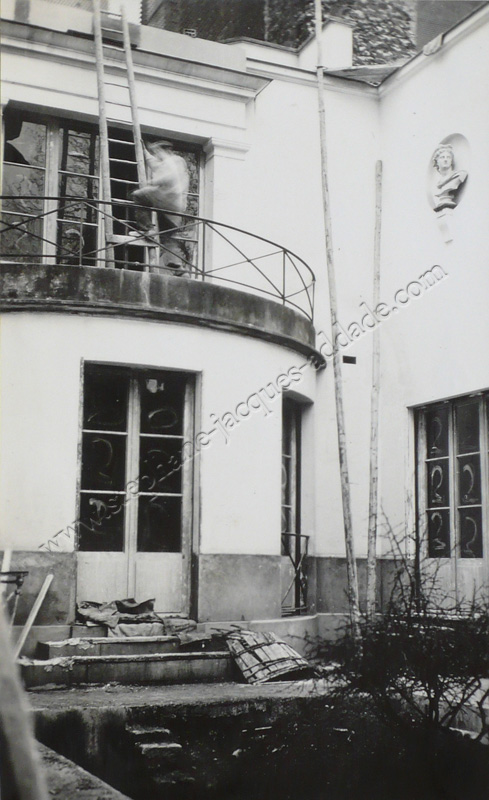
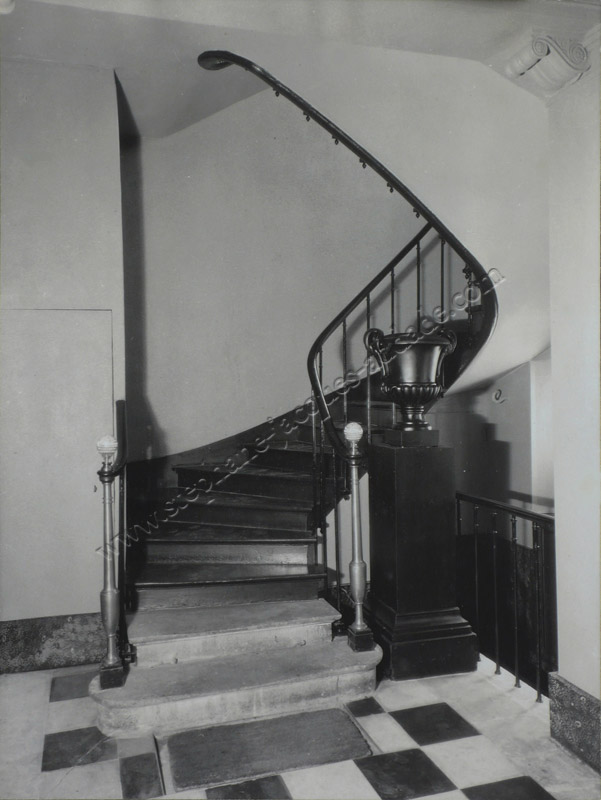
On the ground floor, facing the front door, in line with the hall where the stairs are situated, is an antechamber, the dining room and the large lounge; with these last two rooms facing towards the garden. In this way, immediately on arrival, when all the doors are open, you can see through these four rooms a perspective which is further increased by a mirror placed in the large lounge, directly opposite the entrance. Through the thickness of the several layers of glass of which it is composed, this mirror itself gives the effect of additional perspective.
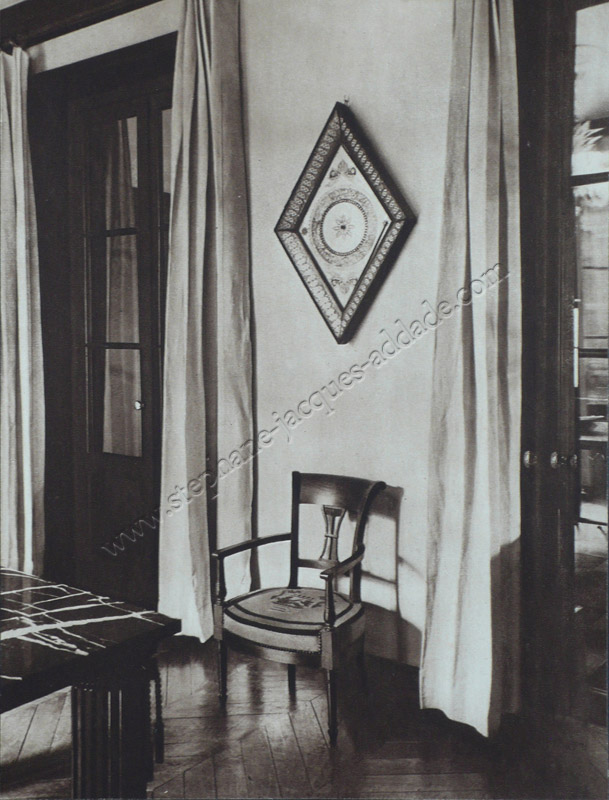 To the right of the antechamber is situated a small living room and a library.
To the right of the antechamber is situated a small living room and a library.
All these rooms open onto the garden as they do onto a patio.
On the first floor are the bedrooms, the bathrooms, the dressing room and, on the top floor, the studio.
Before we study the main rooms, it's worth noting that the colours generally retained are beige and white, teamed with wood painted in a dark brown tone. In this way, there is a smooth transition from one room to the next and, thanks to this general harmony, the house appears bigger.
Fittingly there's a modest entrance with black and white tiles, the walls painted in a greyish hue. The only objects in this intentionally cold room, starting out from the balusters, are two cut glass spheres which sparkle in every direction. In the small lounge (fig 7), whose rotunda shape has been retained, the interaction of the white and brown is flattered by the mirrors, the Venetian wall lights and the light blue skirted chair covers.
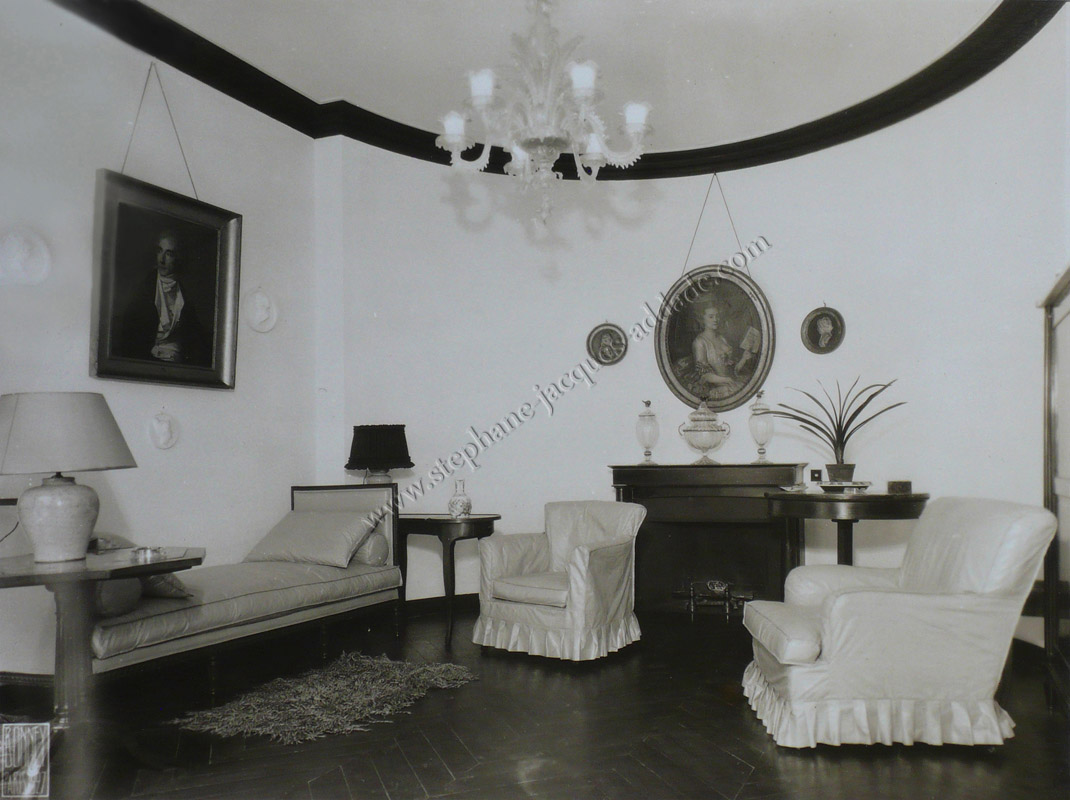
I nearly forgot a collection of small bottles, which enable the master of the house to distinguish himself in the art of cocktail making, the recipes for which he brought back in surprising number from America for us (1) .
Further away, the library keeps its books like multicoloured prisoners behind a latticework of wooden squares. Here Bernard Boutet de Monvel painted the overmantel of the Directoire fireplace in the style of a low relief in grisaille. Opposite, incorporated in the shelving, a bureau serves as an invitation to write. You can sense in this room, that nobody will disturb you, that nobody will pass through this room, which is the last in this part of the house.
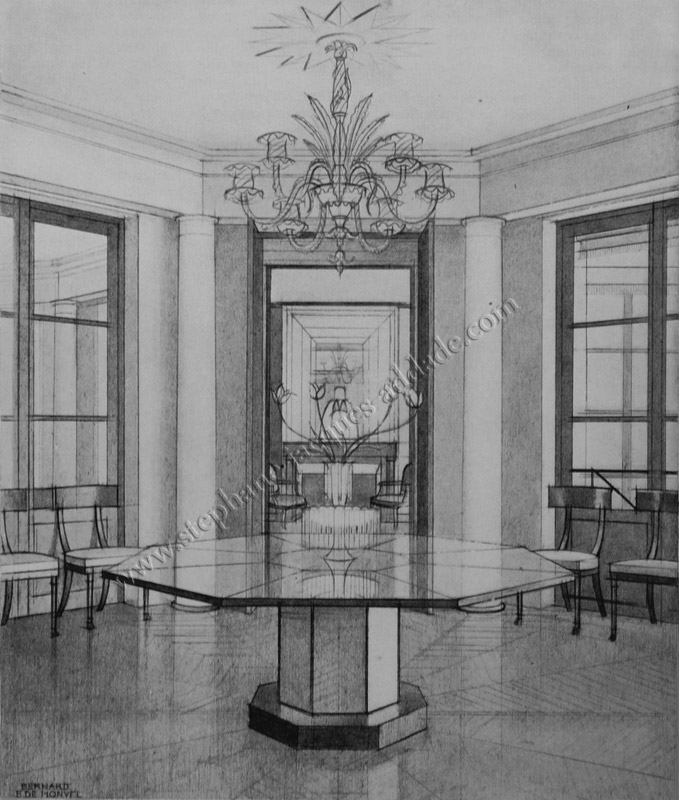 Let's now return to the other wing in which the dining room is situated (fig 8). It is treated in the style of a small polygonal temple, whose ceiling is supported by eight columns, between which, once it is evening, the drawn curtains form a continuous screen which closes off the openings, thus giving the temple the required privacy and isolation without which you cannot have a decent ceremony.
Let's now return to the other wing in which the dining room is situated (fig 8). It is treated in the style of a small polygonal temple, whose ceiling is supported by eight columns, between which, once it is evening, the drawn curtains form a continuous screen which closes off the openings, thus giving the temple the required privacy and isolation without which you cannot have a decent ceremony.
Within this context, you're wonderfully situated to enjoy the charm of the guests, wines and the choice of dishes.
A successful dining room is one which leaves lasting memories. As such I shan't forget you, beautiful shad, or you, ducks with delicious olives. However, I must tell you about the table, which they set everything out on and which isn't without importance in a dining room. It is made of fine dappled glass and wrought iron; the iron, which serves solely for the assembly, being reduced to its simplest expression. Like the room itself, it is octagonal. Its top is made from mirrored panels: a central panel around which the others radiate. Its base is also composed of eight sides, covered with mirrors.
At the centre of the room, this piece of furniture is like a large flower of light, especially when it is laid up with glass and silverware.
From the ceiling hangs a dazzling chandelier made of Venetian glass with a wide star-shaped ceiling rose.
This whole room is about radiating out from a central point, and the floor itself, the starting point of which is the table, continues this movement.
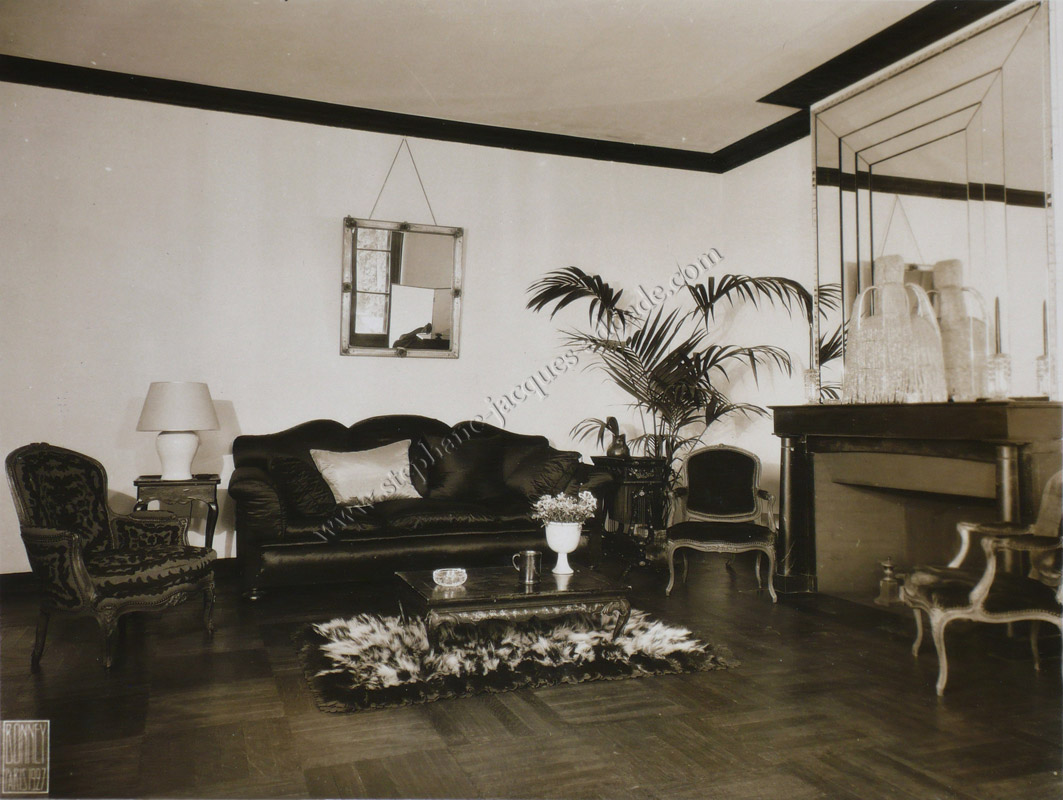 The large lounge extends out in two directions: directly in line and culminating with the fireplace and its mirror, which we spoke about earlier, and that of a terrace pergola, which is like an open-air extension of the room.
The large lounge extends out in two directions: directly in line and culminating with the fireplace and its mirror, which we spoke about earlier, and that of a terrace pergola, which is like an open-air extension of the room.
The living room plays with the white, beige and black. The hint of white is provided by the smooth tone of the paint on the wall. As for the black, that appears in various materials: the lacquered wood, the deep and comfortable sofa with no exposed wood, which is covered in thick shiny satin, the ebony of the piano and the polished marble of the fireplace. Situated on the same level as the terrace onto which it opens, this vast living room appears to be a mysterious and dark element of the latter. You pass from one to the other, according to the seasons and the weather, and you gladly finish a cup of coffee here or a conversation begun there.
On the first floor, the main room is a bedroom, situated above the dining room, whose floral balcony mingles with the greenery of the connected gardens. In this room, a small private alcove, raised up one step, is built around the fireplace. The eye is drawn here by two good armchairs and by books within arm's reach.
The bathrooms, with their modern fittings, should not be overlooked. Bernard Boutet de Monvel wanted them to be entirely white, tiled and fitted out with porcelain, which is extremely easy to clean.
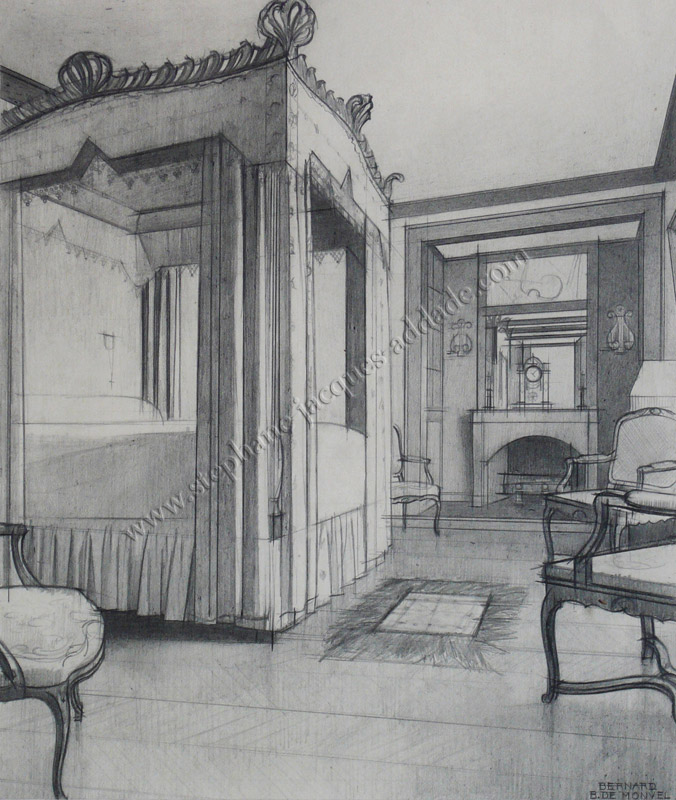
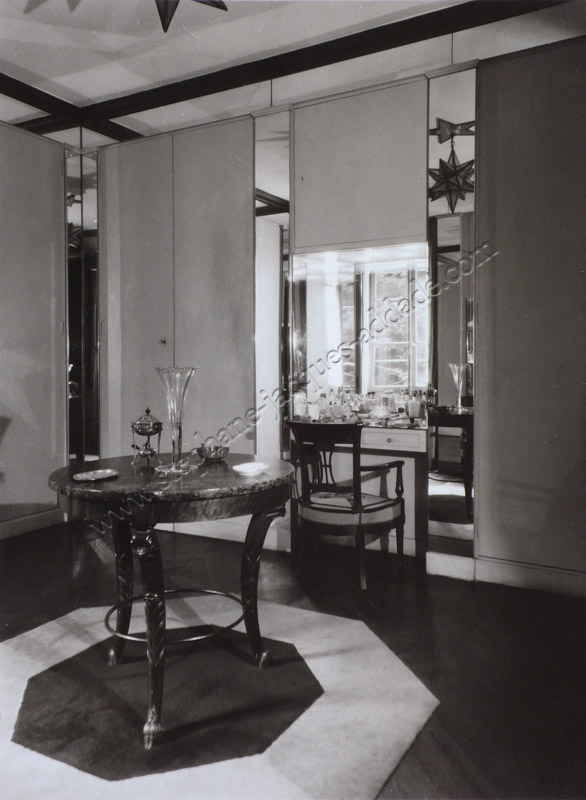
He incorporated the same choice of white for the wardrobes around the dressing room, with its smooth doors between mirrored pilasters.
Finally, on the top floor is the studio. It is a work room, painted in plain grey, where the canvasses turned against the wall tell the tale of the artist's work.
To conclude, I'll speak about the garden, onto which all the living rooms open. This residence owes its charm to you, little non-secret garden, with your white paved paths surrounding a lawn edged by boxwood.
Three steps up, the pergola, whose urns are positioned like sentries and whose high trelliswork defends the square, dominates this garden which, with all the windows open, is reflected in the mirror specially positioned for that purpose at the back of each of the rooms.
Solely the flowers strike a discordant note in this strict design, but in Paris, flowers last for so short a time!
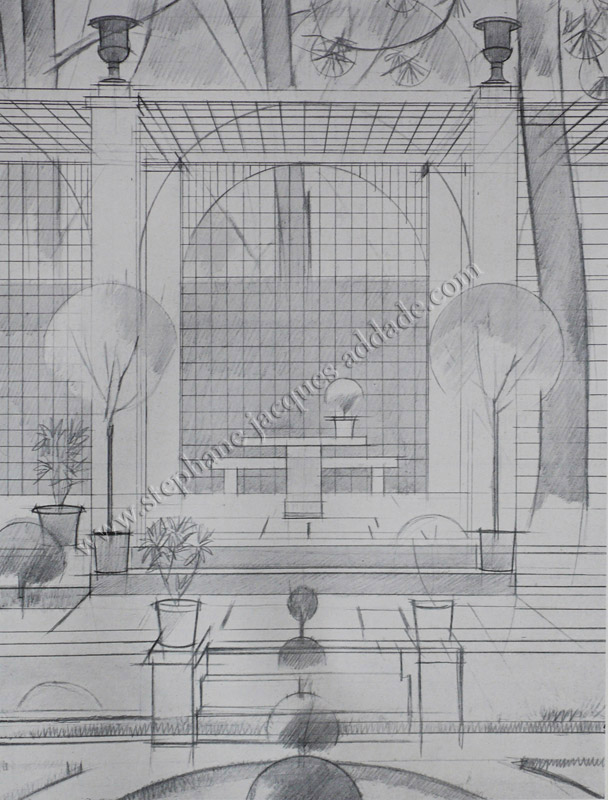
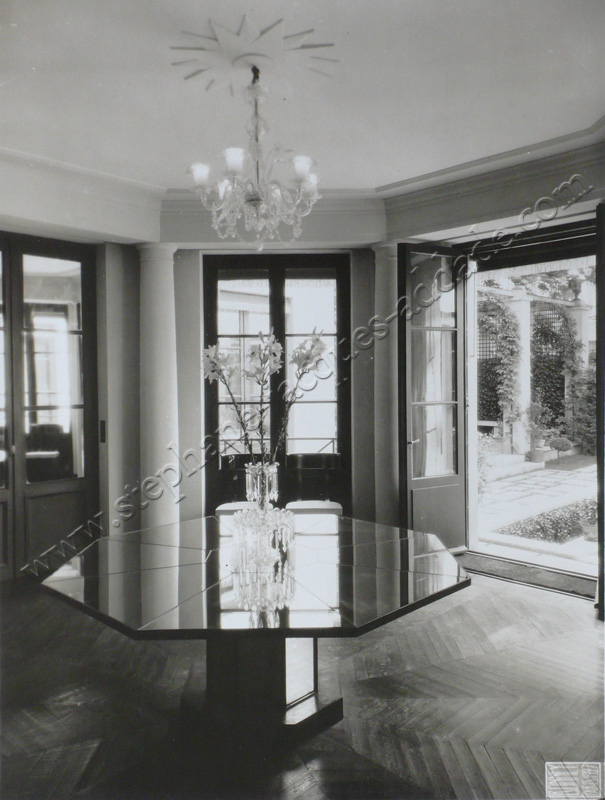
The walls, which keep out the neighbours, disappear beneath the ivy and green foliage; yet the eye wanders easily over these walls to seek out the greenery of the adjacent gardens, which are havens of peace and perfume in the heart of Paris.
In this way, complemented by nature, this house was requested, commissioned and inspired by the owner, for whom the architect in me translated the tastes and desire in an amicable collaboration.
The result of this collaboration is pure Bernard Boutet de Monvel in its style.
The article appeared in English in Harper's Bazaar July 1927
Dernière modification par Stéphane-Jacques Addade, le 23/03/2015